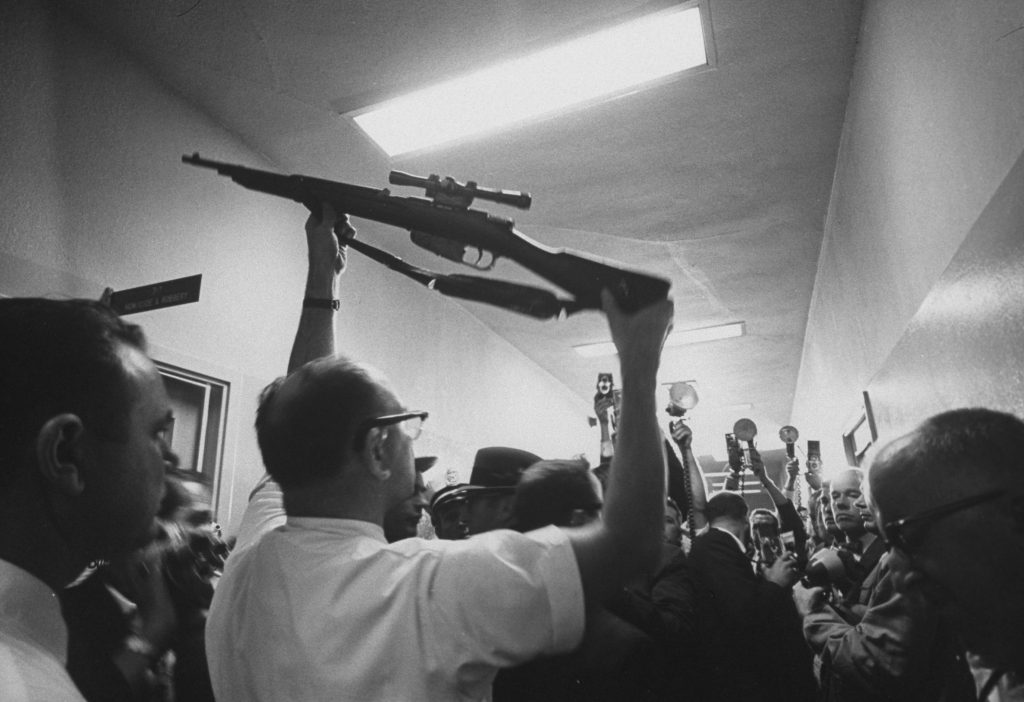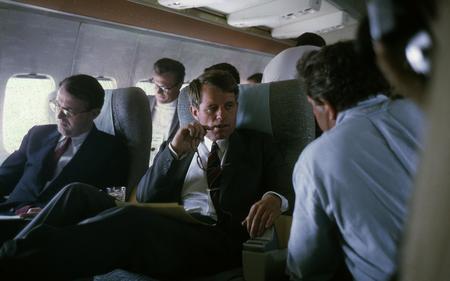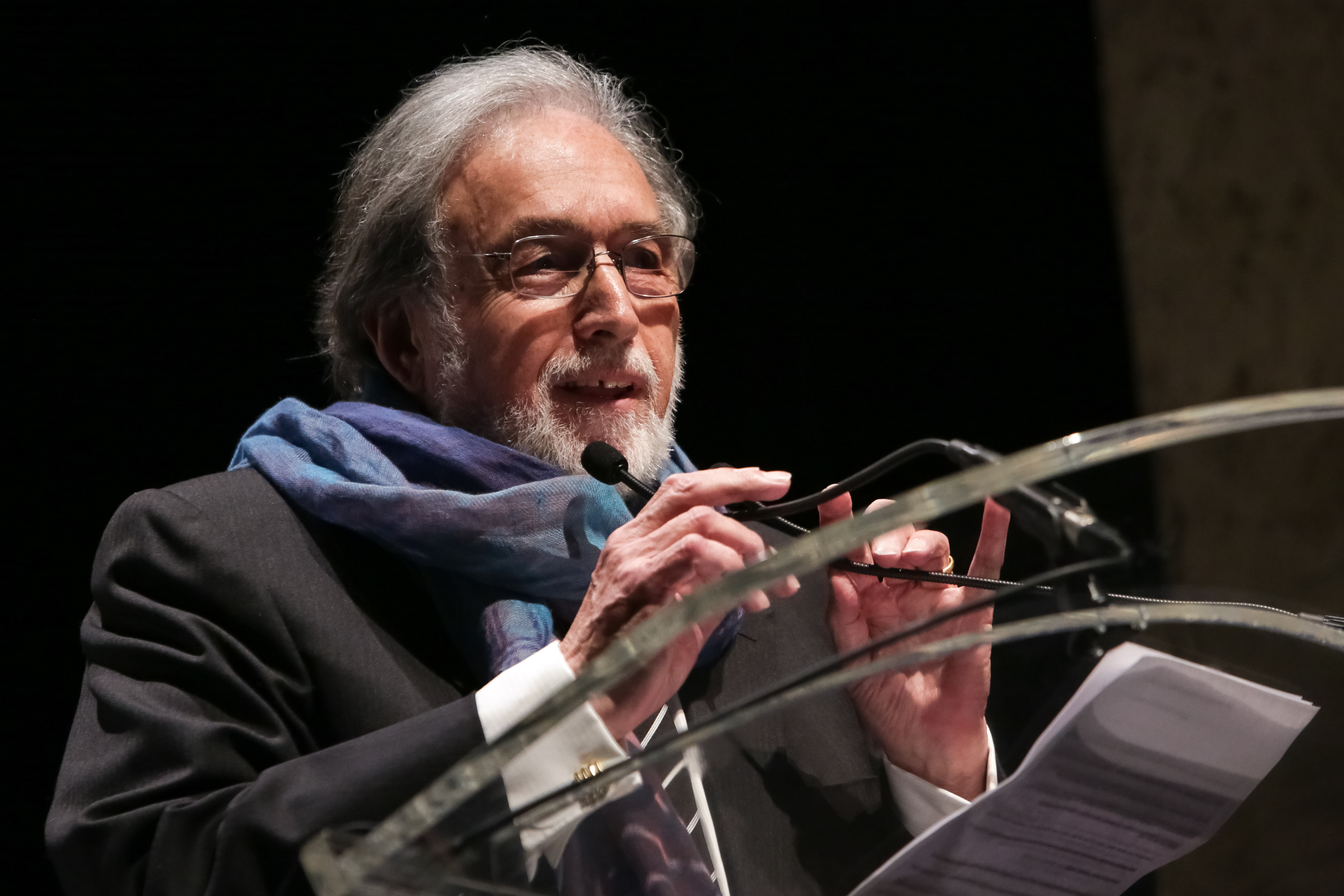Iconic Photojournalist Lawrence Schiller Brings JFK Exhibit to Michigan
A new museum exhibit called “American Visionary: John F. Kennedy Life and Times” is on display at the Marshall M. Fredericks Sculpture Museum in Saginaw through June 29th.


Lawrence Schiller received his first camera when he was 12-years-old from his father, it was a bargaining tool to earn enough cash to pay for half of his own car. The challenge was cleverly met. Schiller began documenting skid marks in the road and sold them to insurance companies to use as evidence in car accident cases.
To Schiller’s eyes, that’s where the stories lived.
By the age of 16, Schiller was traveling north from California to New York to document the execution of Julius and Ethel Rosenberg, a duo of Russian spies operating in America.
“I traveled to photograph the death march from Union Square to Knickerbocker Village,” Schiller says. On June 19, 1953, the couple was executed for treason by electric chair. Their death marked the intense culmination to the most controversial espionage case of the Cold War.
“I’ve got a picture in the exhibit I did of kids being taught how to hide from the atomic bomb in grammar school. This was a time when America was really being introduced to the fact of nuclear annihilation.”
The ‘Wild West’ of photojournalism
This would, in essence, set the tone for Schiller’s poignant career and status as one of the most celebrated photojournalists ever. You can also add film director, producer and screenwriter to his lauded reputation.
Schiller’s curious eye and storytelling photography is filled with emotion. One shot can deliver animated enjoyment and laughter while another serves intensity and thought — all of which contribute to the layers of personality embedded in each composition.
It was in the 1960s — a turbulent and revolutionary time in American history that Schiller describes as the “wild west of photojournalism” — when he aligned with the Kennedy family. First, he photographed the aftermath of the assassination of John F. Kennedy before photographing the presidential campaign of Robert Kennedy in 1968.

These photographs serve as the center of Schiller’s curated exhibit American Visionary: John F. Kennedy Life and Times, which includes work from other photojournalists working during late 1950’s and 60’s. First displayed at the Smithsonian in 2017, American Visionary is currently showing at Saginaw Valley State University and features 77 riveting photographs detailing the private and public life of JFK with contextual depth that illustrates the state of society during that era.
“The exhibit takes you not only through JFK’s life, but it takes you through the times in which he lived and the issues he was confronted [with],” says Schiller. “JFK had a rough first 100 days, too. He had the Bay of Pigs Invasion, the Cuban Missile Crisis is [in the exhibit] as he speaks to the nation. I’ve got a picture in the exhibit I did of kids being taught how to hide from the atomic bomb in grammar school. This was a time when America was really being introduced to the fact of nuclear annihilation.”
American Visionary: John F. Kennedy Life and Times runs through June 29 at the Marshall M. Fredericks Sculpture Museum at Saginaw Valley State University.
